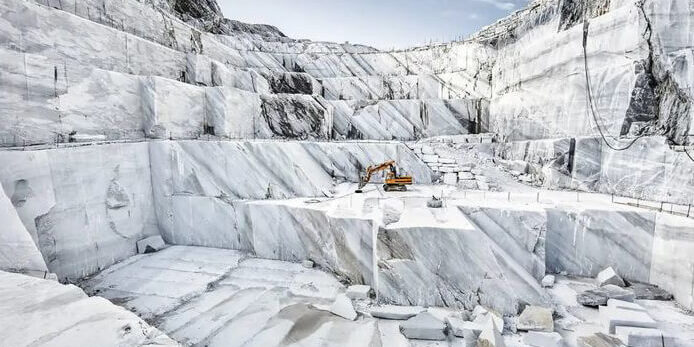The granite shortage for headstones is a complex issue affecting the memorial industry. Recent supply chain disruptions have created challenges in sourcing granite for monuments and headstones. The problem stems from multiple factors.
Granite comes from quarries across the globe. India, China, and Brazil supply large amounts of granite to the U.S. market. These countries faced shipping delays and worker shortages during the COVID-19 pandemic. The delays created a backlog in granite production and delivery.
The cost of granite has increased due to these supply issues. Some monument companies report price increases of 30% to 50% for raw granite materials. These higher costs pass down to families purchasing headstones for their loved ones.
Domestic granite quarries exist in states like Georgia, Vermont, and Minnesota. These U.S. sources have not been able to meet the full demand. American quarries face their own challenges with labor shortages and equipment costs. The limited domestic supply puts more pressure on international sources.

Global-Granite-Market_-2023-2032
The demand for headstones increased during the pandemic. The higher death rate led to more families needing memorial stones. This surge in demand met the reduced supply, creating longer wait times for completed monuments.
Transportation issues compound the granite shortage. Container ships face port delays and increased fuel costs. Trucking companies deal with driver shortages and rising expenses. These logistics problems slow the movement of granite from quarries to memorial companies.
The quality of available granite has become a concern. Some suppliers have turned to lower-grade materials to meet demand. Monument companies must inspect stone more carefully to maintain their quality standards. This extra step adds time to the production process.
Small memorial businesses feel the impact most. They lack the buying power of large monument companies. Many small shops struggle to maintain inventory or complete orders on schedule. Some have closed or merged with larger firms.
The shortage affects different granite colors and styles. Popular colors like Shanxi Black and India Black face the longest delays. Families might need to choose alternative colors or designs based on availability. This limits options for personalizing memorials.
Technology offers some solutions to the shortage. Computer-aided design helps maximize the use of available granite. Improved cutting methods reduce waste. These advances help stretch limited supplies but cannot solve the core supply issues.
The memorial industry has adapted to these challenges. Some companies pre-order larger quantities of granite when available. Others partner with multiple suppliers to reduce dependence on single sources. These strategies help manage the shortage but increase costs.
 Experts predict the granite supply will remain tight for several years. New quarries take time to develop and begin production. Shipping and labor issues continue to affect the global supply chain. The market might not return to pre-pandemic conditions.
Experts predict the granite supply will remain tight for several years. New quarries take time to develop and begin production. Shipping and labor issues continue to affect the global supply chain. The market might not return to pre-pandemic conditions.
Families planning memorial purchases should prepare for the current market conditions. Early planning helps ensure granite availability for desired designs. Budget considerations should include higher material costs. Working with established memorial companies provides more options and security.
The granite shortage reflects broader supply chain problems in the global economy. The memorial industry continues to seek solutions and adapt to market changes. Understanding these challenges helps families make informed decisions about headstone purchases.
The future of granite supply depends on many factors. New quarry development, shipping improvements, and industry innovations will shape availability. The memorial industry remains committed to providing quality monuments despite these challenges.







